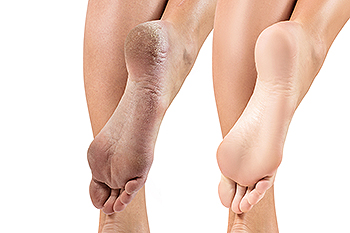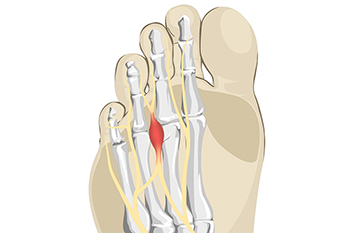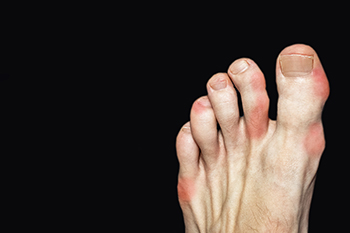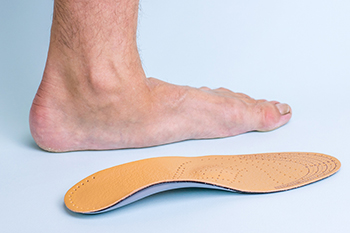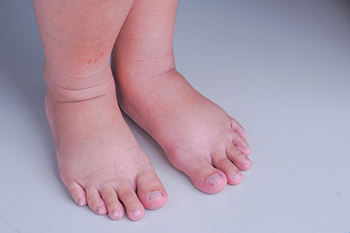
There are several different types of running shoes, and it can be a daunting task to choose which kind is right for you. It is important to identify the running preferences in addition to the type of surfaces that will be run on, such as trails or pavement. Trail shoes are known to provide traction in the snow and mud, and can help to protect the feet against rocks and rugged terrain. Additionally, trail shoes are sturdier, which can successfully support the foot as it moves from side to side. Conversely, road shoes are ideal for running on treadmills and smooth pavements. People who compete in track meets often opt for track spikes or racing flats. These shoes are helpful in gripping the surface in various types of weather, and are considered to be the lightest running shoe. If you have questions about what type of running shoes are best for you, please consult with a podiatrist who can address any concerns you may have.
You should always make sure your running shoes fit properly in order to avoid injury. For more information, contact one of our podiatrists from Foot & Ankle Centers of Charlotte County . Our doctors can provide the care you need to keep you pain-free and on your feet.
Choosing the Right Running Shoe for Your Foot Type
Improper shoe sizing can cause a myriad of problems for your feet. Shoes that don’t fit you properly can lead to muscular imbalances in your body, which can result in foot, knee, and hip injuries.
Tips for Finding the Right Running Shoe
- Make sure you have a thumb’s width of wiggle room between the end of your longest toe and the front of the shoe.
- There should be little to no slipping at the heel
- Don’t assume your size in one shoe brand will be your size in another
- Do not lace up your shoes too tightly
- Walk around in the store with your new shoes before you buy them
If you have any questions, please feel free to contact our offices located in Punta Gorda and Port Charlotte, FL . We offer the newest diagnostic and treatment technologies for all your foot care needs.
